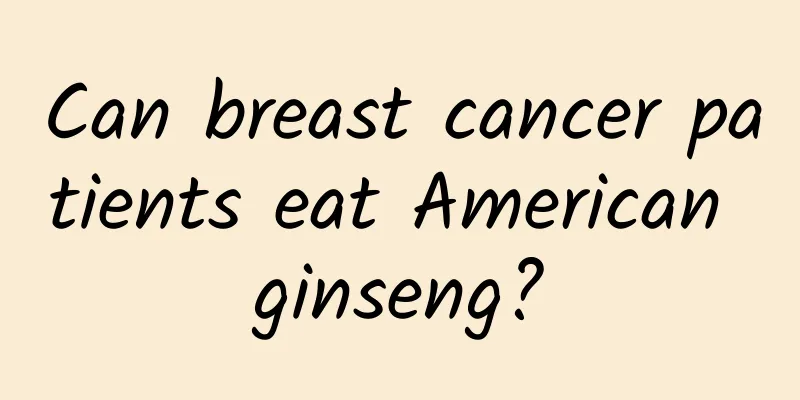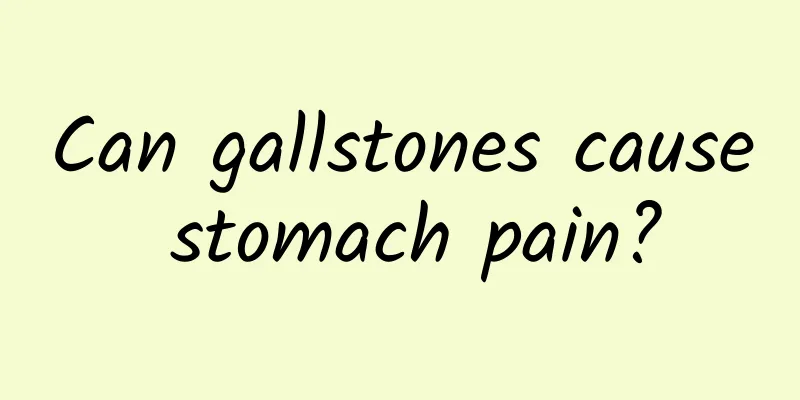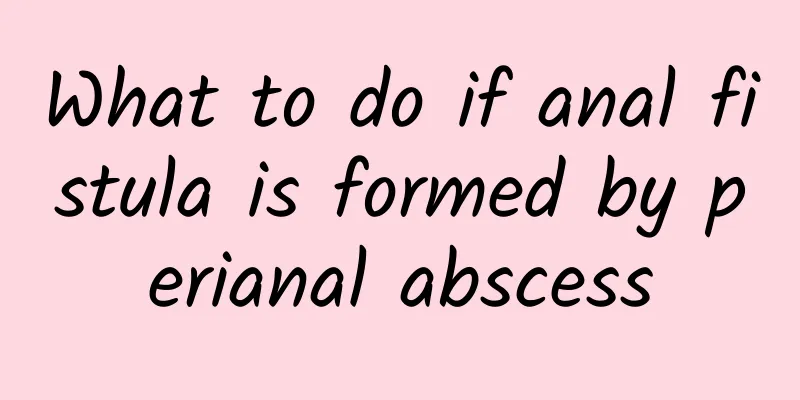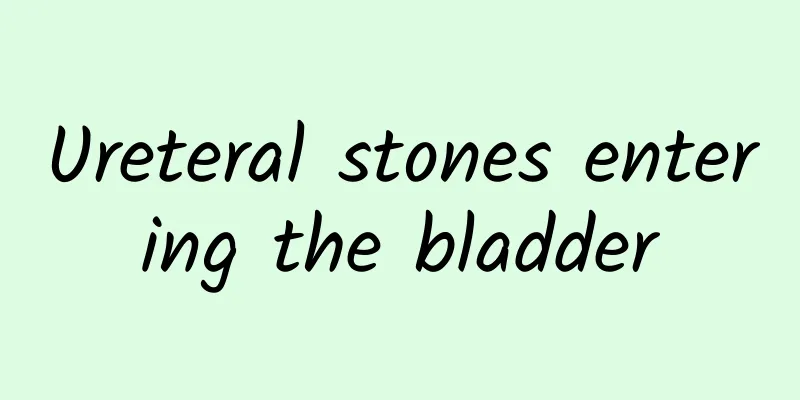Is breast cyst a breast nodule?

|
Breast cysts are not completely equivalent to breast nodules, but they can be classified as a specific type of breast nodules. Breast nodules are a broad description that refers to abnormal "lumps" or "nodules" formed in the breast due to various reasons, while breast cysts are a cystic structure filled with fluid and belong to the category of benign lesions. The essence of breast nodules is abnormal changes in breast tissue, which may be a general term for various conditions such as hyperplasia, cysts, fibroids, or even malignant tumors. Breast cysts are a more common type of them, usually formed by retention of secretions from mammary lobules or ducts. The incidence of breast cysts is higher in women of childbearing age and is often related to hormonal changes. For example, high estrogen levels may cause fluid accumulation in breast tissue and eventually form cysts. These cysts are usually round, smooth, and soft. They can exist alone or in multiples, and usually shrink or disappear on their own after menstruation. Most breast cysts are benign and will not develop into cancer. Moreover, many people have no obvious symptoms and may only be discovered accidentally through physical examinations or imaging tests. However, if the cyst is large or located in a special position, it may compress the surrounding tissues and cause swelling and discomfort, or even cause changes in the shape of the breast. Some breast cysts may contain complex components, such as solid components or wall nodules. In this case, further examination is needed to rule out the possibility of more complex lesions. In order to manage or reduce the risk of breast cysts, on the one hand, you need to pay attention to whether the fluctuations in the menstrual cycle cause discomfort, try to maintain a regular schedule, and avoid staying up late for a long time; on the other hand, you can moderately reduce the intake of foods that contain high estrogen or promote estrogen secretion, such as high-fat, high-calorie foods, and increase the intake of vegetables, fruits and foods rich in fiber. If you touch an abnormal lump in the breast, it is best to perform an ultrasound or mammography examination under the guidance of a doctor to clarify its nature. Through regular screening and health management, most breast cysts will not pose a threat to life. |
<<: Who is prone to gallstones?
Recommend
Why do you get lymph node tuberculosis?
Lymphatic tuberculosis is an inflammation of the ...
The cure rate of anca nephritis
The cure rate of ANCA nephritis varies depending ...
What are the symptoms of nasal bone fracture surgery?
After nasal bone fracture surgery, the wound heal...
What are the four causes of gallstones?
Causes of gallstones include genetic factors, poo...
What are the symptoms of ventricular septal defect in newborns?
Ventricular septal defect in newborns is a congen...
The relationship between breast cysts and breast cancer
Breast cysts and breast cancer are essentially tw...
What are the sequelae of tenosynovitis surgery?
What are the sequelae of tenosynovitis surgery? T...
Breast cysts are most afraid of three kinds of vegetables
Patients with breast cysts do need to be careful ...
High myopia
High myopia is a vision challenge faced by many p...
What kind of exercise is good for breast cysts
Patients with breast cysts are suitable for some ...
Can gallstones become cancerous?
Gallstones generally do not directly turn into ca...
What is osteoporosis in the elderly?
What happens to osteoporosis in the elderly? Elde...
Nursing Care of Patients with Oral and Maxillofacial Hemangioma
The key to the care of patients with oral and max...
What to do if a boy has cystitis and bladder stones
Cystitis and bladder stones in boys usually requi...
How long can you live with spinal deformity?
The survival period of patients with spinal defor...









